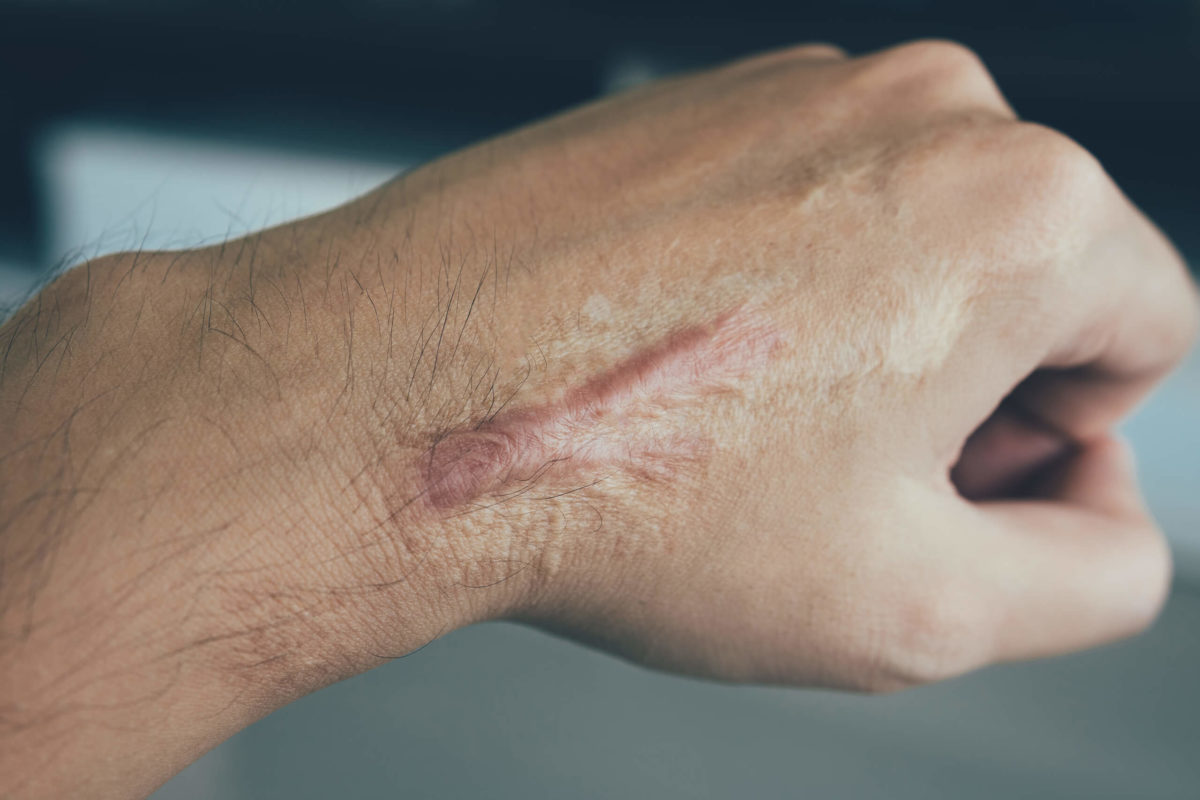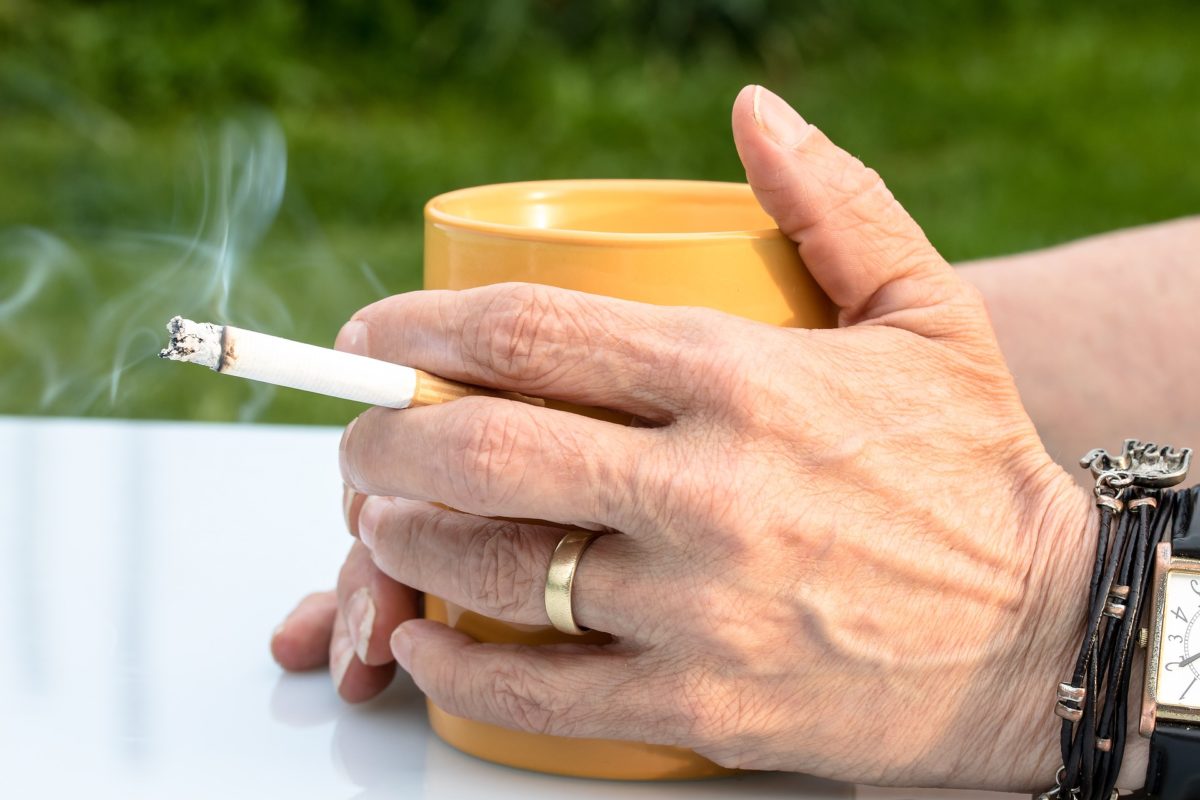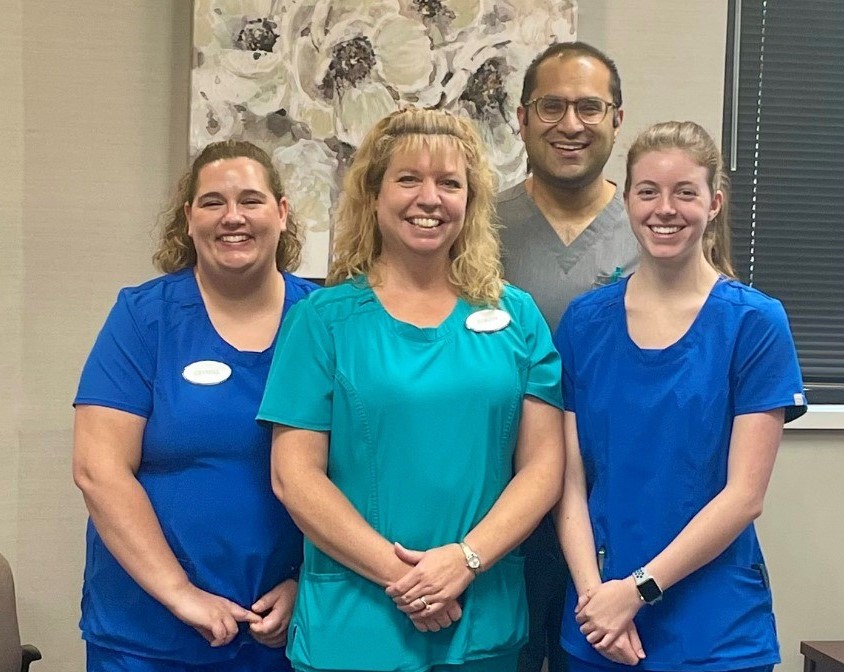If you are searching for a “hand surgeon near me,” you may feel overwhelmed by the number of options available on the results page. How do you find the best hand specialist in Michigan to make sure you receive the best care possible? Should you see a general practitioner first, or is it better to go directly to a specialist? And how do you know if your condition even requires a hand doctor? In this blog, we’ll answer these questions, and more, so that you can find expert hand care that is right for you.
Should I See a Hand Specialist or a General Doctor?
While you can certainly start with a general practitioner, if your symptoms stem from your hands, wrists, or arms, a referral to a hand specialist in Michigan may be necessary. A hand specialist can:
- Accurately diagnose conditions affecting the hands, wrists, and elbows.
- Identify underlying causes of pain that may not be immediately obvious.
- Use advanced medical technology specifically designed for hand and upper extremity issues.
- Provide targeted treatments, including therapy and surgical solutions, for optimal recovery.
What Should I Look for in a Hand Surgeon?
Not all hand doctors provide the same level of care. Experience is key when selecting a hand surgeon in Detroit or anywhere in Michigan. A specialist with years of experience is more likely to provide comprehensive care, make accurate diagnoses, and offer effective treatments.
When researching a hand surgeon near you, consider the following:
Experience Matters
- A hand surgeon with years of specialized experience is more likely to diagnose conditions accurately and recommend the best treatment.
- Experience also means they have likely treated a wide range of hand-related conditions, from carpal tunnel syndrome to complex hand fractures.
- Look for surgeons who focus specifically on hand and wrist surgery rather than general orthopedic surgeons.
Patient Reviews and Recommendations
- Check online reviews on platforms like Google, Healthgrades, or RateMDs to see what past patients say about their experiences.
- Ask for recommendations from family doctors, physical therapists, or previous patients who had similar conditions.
Doctor’s Credentials and Training
- Board certification in hand surgery or orthopedic surgery is an important qualification.
- Consider whether they have fellowship training in hand surgery, which indicates extra specialization.
- Membership in professional organizations like the American Society for Surgery of the Hand (ASSH) can be a positive sign.
Use of Modern Equipment & Advanced Treatment Methods
- Some hand surgeons offer minimally invasive procedures that can reduce recovery time and scarring.
- Look for clinics that provide ultrasound-guided injections, endoscopic carpal tunnel surgery, and advanced imaging technology.
- The availability of these tools can improve the accuracy of diagnosis and treatment.
In-House Hand Therapy for Recovery
- Post-surgical rehabilitation is crucial for a full recovery and regaining hand function.
- Some hand surgery clinics have onsite certified hand therapists (CHTs) who guide patients through exercises and therapy sessions.
- This convenience ensures continuity of care and better treatment outcomes.
How to Find the Best Hand Surgeon Near Me
In addition to online research, ask friends, family, or colleagues if they have visited a hand specialist in Michigan. Personal recommendations can provide valuable insights. Here are some important questions to ask:
- How quickly were you able to get an appointment?
- Was the office staff welcoming and helpful?
- Did the doctor take the time to answer your questions?
- Did the doctor demonstrate genuine care for your concerns?
- What was the treatment process like?
- Did you undergo surgery? If so, what was the experience before and after the procedure?
- Have follow-up visits been helpful?
Why Choose Arora Hand Surgery?
After considering all these factors, we hope that Arora Hand Surgery will be at the top of your list – and encourage you to research our website to see why. Led by Dr. Avery Arora, a renowned “Top Doc” hand surgeon in the metro-Detroit area, our team provides expert care for a wide range of hand, wrist, and elbow conditions. With locations across Metro Detroit, including Howell, Macomb, Warren, and West Bloomfield, we make it easy to find a hand surgeon when you need specialized treatment.
If you’re experiencing hand pain or discomfort, don’t wait—schedule an appointment today at Arora Hand Surgery for expert care from a trusted hand specialist in Michigan.


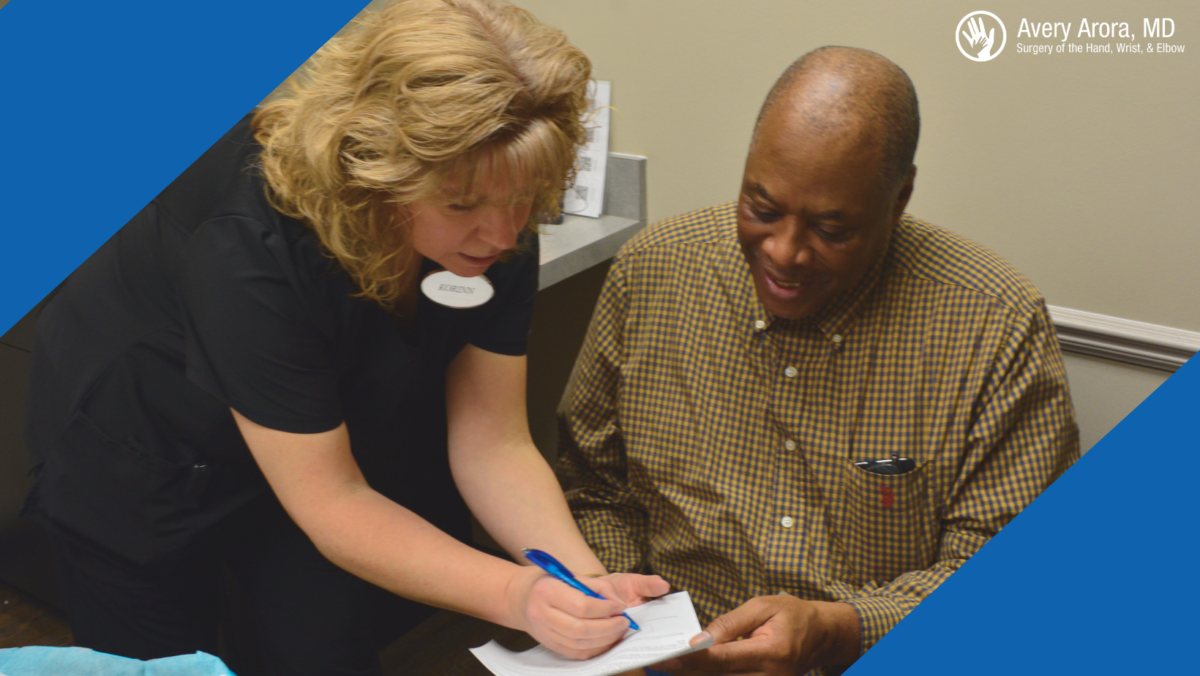

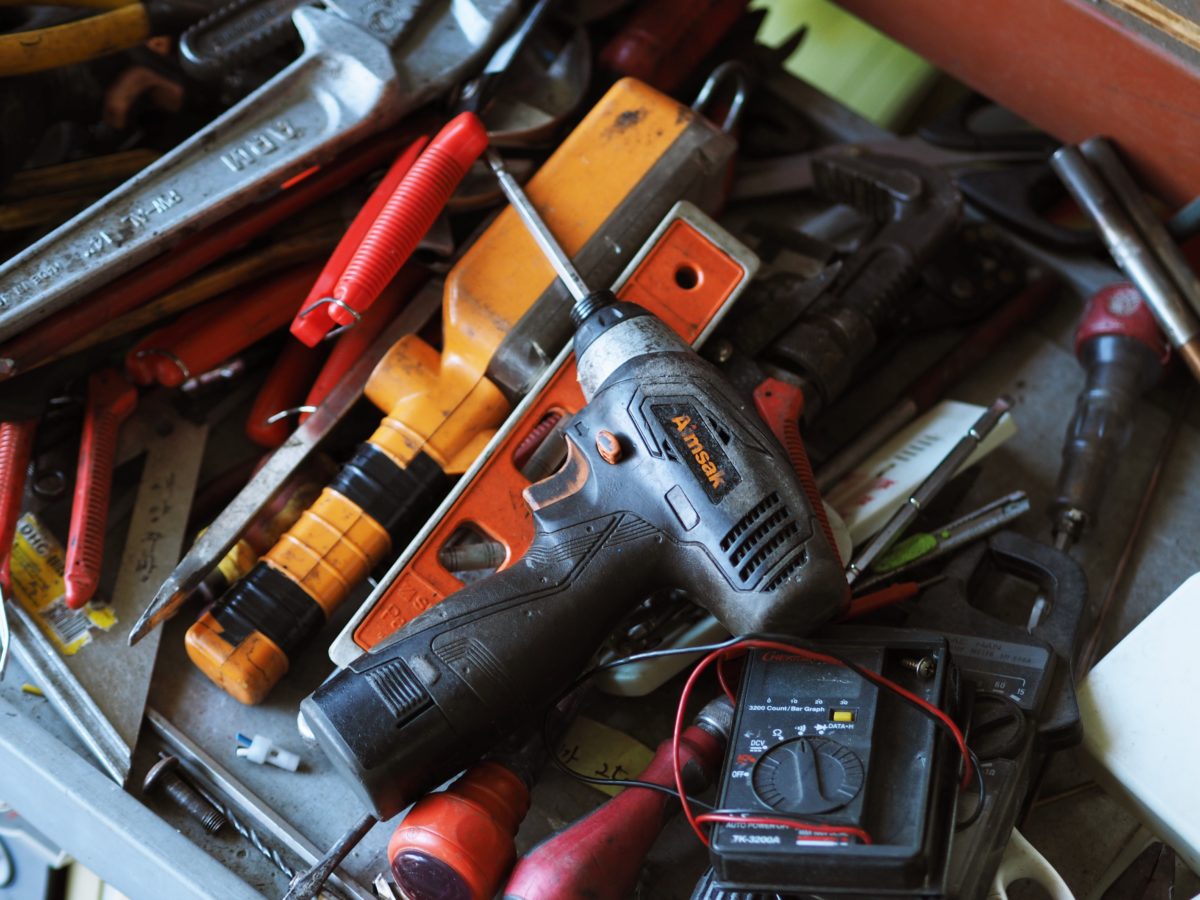
 We probably don’t have to tell you the kind of damage that a chainsaw can do to your hands, arms, or other parts of your body. A chainsaw is very dangerous when used improperly and without the use of protective gear. Over 30,000 chainsaw injuries are reported yearly in the United States, and the typical injury requires over a hundred stitches.
We probably don’t have to tell you the kind of damage that a chainsaw can do to your hands, arms, or other parts of your body. A chainsaw is very dangerous when used improperly and without the use of protective gear. Over 30,000 chainsaw injuries are reported yearly in the United States, and the typical injury requires over a hundred stitches.